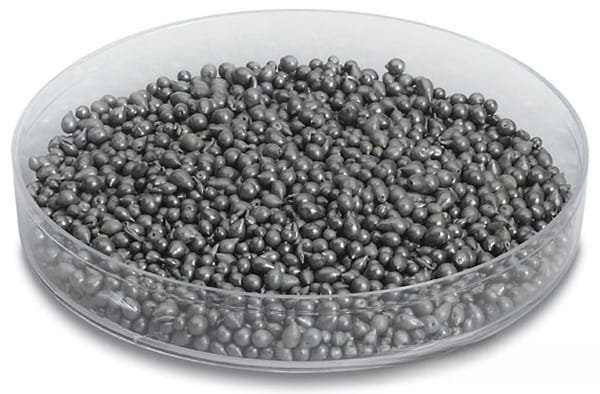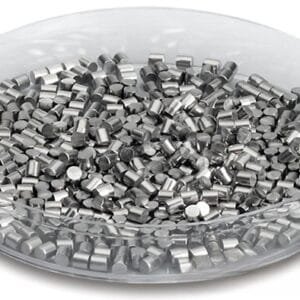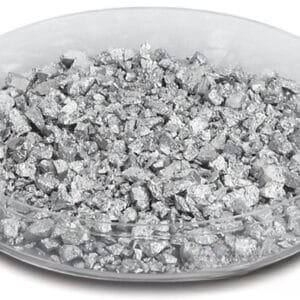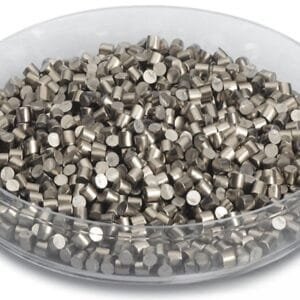Lead Evaporation Material Description
Lead is a dense, heavy metal known for its softness, malleability, and relatively low melting point. When freshly cut, it has a silvery appearance with a hint of blue but tarnishes to a dull gray over time. Lead holds the highest atomic number among stable elements, and three of its isotopes serve as endpoints in significant nuclear decay chains of heavier elements.
High-purity lead evaporation materials are essential for achieving excellent results in deposition processes, leading to the creation of high-quality thin films. At TFM, we specialize in producing lead evaporation materials with purity levels up to 99.99%, supported by rigorous quality assurance procedures to ensure the reliability and performance of our products.

Lead Evaporation Material Specification
| Material Type | Lead |
| Symbol | Pb |
| Color/Appearance | Bluish White, Metallic |
| Melting Point | 328 °C |
| Density | 11.34 g/cc |
| Thermal Conductivity | 35 W/m.K |
| Coefficient of Thermal Expansion | 28.9 x 10-6/K |
| Synonyms | Pb Pellets, Pb Pieces, Pb Evaporation Pellet, Lead Pellets, Lead Pieces, Lead Evaporation Pellet |
Lead Evaporation Material Application
Lead evaporation materials are utilized in various deposition processes, including semiconductor fabrication, Chemical Vapor Deposition (CVD), and Physical Vapor Deposition (PVD). These techniques are essential for producing high-quality thin films used in advanced technologies. In optics, lead materials are employed for wear protection, decorative coatings, and enhancing display technologies.
Lead Evaporation Material Packaging
| Material | Size | Quantity | Purity | Part Number |
| Lead | 1mm - 4mm Shot | 100 g | 99.999% | EVMPB503MMD |
| Lead | 1mm - 4mm Shot | 200 g | 99.999% | EVMPB503MMH |
| Lead | 1mm - 4mm Shot | 1 kg | 99.999% | EVMPB503MMKG |
| Lead | 1mm - 4mm Shot | 500 g | 99.999% | EVMPB503MMT |

 MSDS File
MSDS File



Reviews
There are no reviews yet.